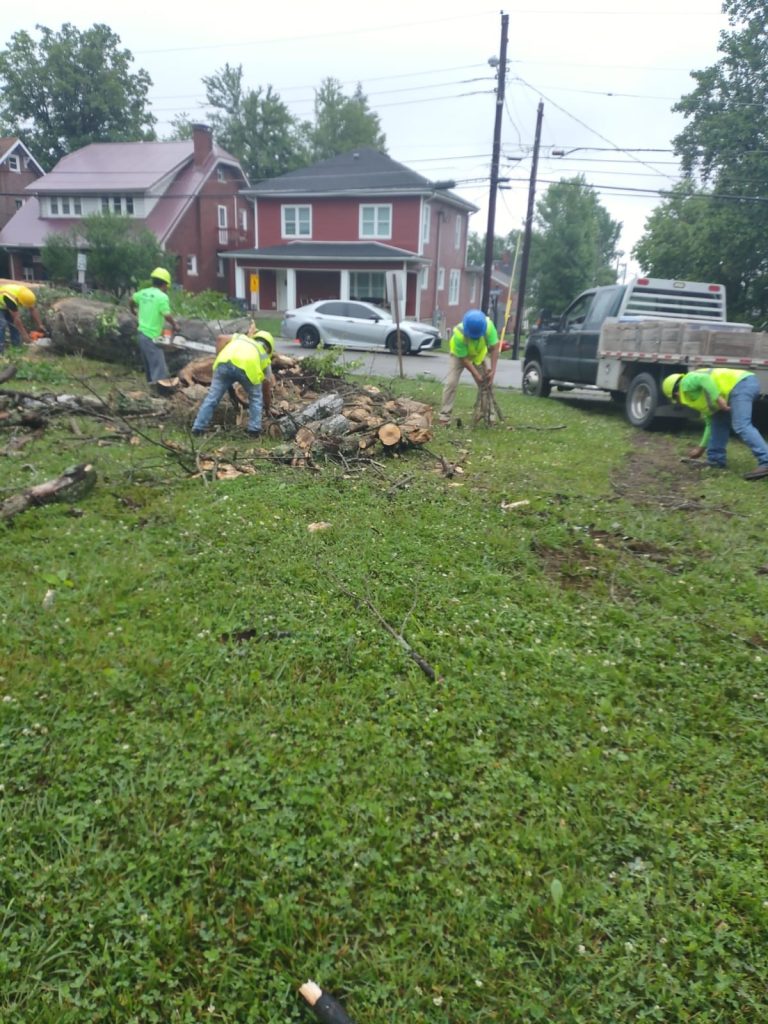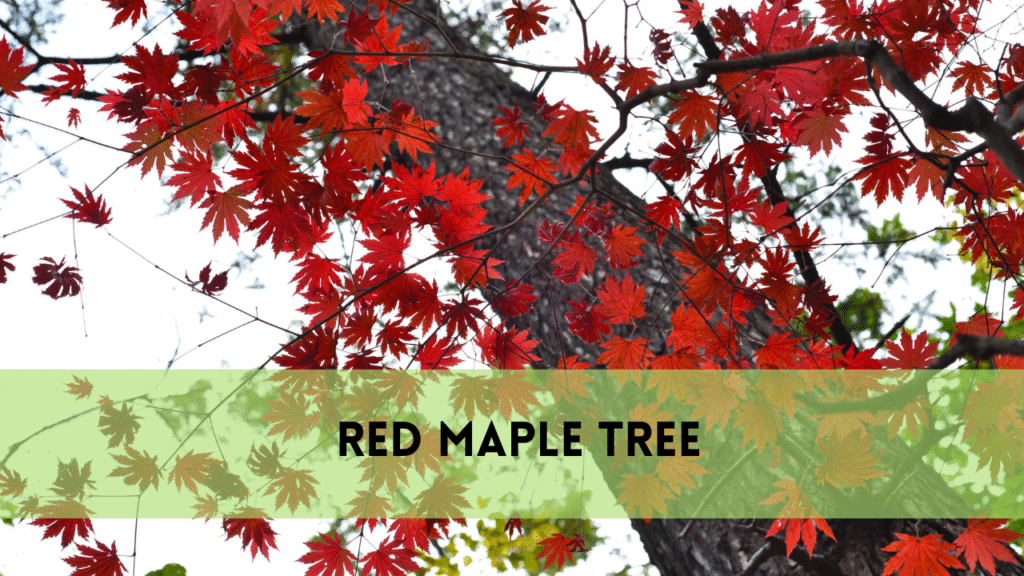When do the grass stop growing?
Grass, the omnipresent green blanket of lawns, performs a beautiful seasonal dance. The cyclic pattern of grass growth is not only intriguing, but it is also necessary information for keeping a lush, healthy lawn all year. In this prolonged research, we will go into the deep intricacies of when grass stops growing, analyze the variables controlling its development cycle, and provide thorough insights into successful lawn care procedures.
Factors Influencing Grass Growth
The growth of grass is a delicate interplay of various factors. Understanding these elements is paramount for any homeowner seeking to cultivate a resilient and thriving lawn.
Seasonal variations
The dance of grass growth begins with the shifting seasons. Each season brings with it significant changes in temperature, sunshine, and environmental circumstances, which have a direct influence on the behavior of our lawns.
During the day
The length of daylight serves as a conductor, controlling the rhythm of grass growth. As daylight hours change throughout the year, grass adjusts its metabolic activity and growth patterns.
The Effect of Temperature
Temperature is an important factor in the symphony of grass growth. Extremely hot and cold temperatures can both cause dormancy, causing grass to temporarily cease growth in reaction to environmental stress.
When do the grass stop growing?
Fall: The Beginning of Dormancy
As summer’s vibrancy begins to wane, and the crisp air of fall settles in, grass initiates a transition from active growth to dormancy.
Change from Active Growth
The autumn season is a period for lawn preparation. The progressive slowing of growth indicates a shift in energy allocation, with a concentration on root strengthening rather than upward shoot development.
The Impact of Daylight Saving Time
The decreasing daylight hours in autumn serve as a natural cue for grass to prepare for dormancy. This decrease in sunlight causes a halt in metabolic activities, signalling the start of the inactive period.
Winter: Dormancy Period
Winter blankets the landscape, and for many grass varieties, this is a period of dormancy. However, the behavior of grass during winter is nuanced, with variations based on geographical location.
Minimal Growth in Milder Climates
Certain grass cultivars show resistance in locations with warmer winters, with low growth even during the colder months. Because of their plasticity, these grasses can survive the winter.
Grass Reaction to Freezing Temperatures
In contrast, in colder climes, grass effectively lies dormant, entering a phase where growth is virtually halted to preserve energy and guard against the harsh effects of freezing temperatures.
Spring: Resumption of Growth
With the arrival of spring, a burst of energy courses through the dormant grass, initiating a resurgence in growth.
Factors Fueling Growth Revival
Increased sunshine and higher temperatures act as catalysts, causing the grass to emerge from hibernation and restart active growth. The accumulated energy from the latent phase promotes the sprouting of vivid green shoots.
Importance of Temperature Increase
As temperatures climb during spring, the metabolic activity of grass intensifies, leading to robust growth. This phase is crucial for the recovery and expansion of the grass canopy.
Summer: Peak Growing Season
Summer unfolds as the peak growing season for grass, offering optimal conditions for vigorous growth.
Optimal Conditions for Rapid Growth
Longer sunshine hours and warmer temperatures are ideal for lush, verdant lawns. This era is marked by fast development, necessitating vigilant lawn care methods to maintain an organized and healthy look.
The Influence of Sunlight and Heat
Abundant sunshine and warmth not only promote growth but also contribute greatly to the grass’s general health and resilience. During this time, adequate hydration and nutrient absorption establish the groundwork for a successful grass.
Mowing Strategies During Dormancy
Mowing Frequency Modification
Mowing should be reduced during dormancy. This method avoids unnecessary stress on the grass while allowing it to preserve energy for future development cycles.
Winter Grass Length
Leaving grass a little longer in the winter offers insulation for the roots and protects them from harsh weather conditions. This kind of mowing protects the grass from potential winter pressures.
Lawn Care Tips for Seasonal Changes
Fertilization Methods
Understanding the nutritional requirements of the grass at different times of the year promotes a well-fed and healthy lawn. Customized fertilization procedures promote robust growth and beautiful vegetation.
Weed Management During Dormant Periods
Weeds may be active even while grass enters hibernation. Implementing targeted weed management techniques during these times stops them from establishing themselves.
Related Posts:
Common Mistakes to Avoid
Overmowing During Dormancy
Excessive mowing during dormancy is a common blunder. After a certain point, grass growth slows substantially, and regular mowing might stress the plants. This stress weakens the grass, making it more sensitive to pathogens and environmental stressors. Understanding the proper mowing frequency during dormancy is critical to keeping a healthy lawn all year.
Neglecting Soil Health
The soil is the lifeblood of your lawn, and disregarding its health can have long-term effects. Ignoring soil health results in nutritional deficits, which impact the overall resilience and look of the grass. Regular soil testing and amendments, depending on the results, contribute to a strong soil structure. A healthy soil ensures that the grass obtains the nutrients it needs for long-term development.
Ignoring Local Climate Considerations
Each location has its own distinct environment, and adjusting lawn care procedures to these individual conditions is critical. Ignoring local climatic variables can lead to inferior results. Understanding parameters such as normal temperatures, humidity levels, and precipitation patterns helps homeowners modify their lawn care regimens accordingly. This modification guarantees that the grass is well-prepared to tackle the difficulties offered by the local environment.
FAQS
Does grass cease growing fully in the winter?
In colder climates, grass typically remains dormant, with little growth. However, in warmer climates, some growth may continue throughout the winter.
Why is it vital to change mowing frequency during dormancy?
Decreased mowing frequency reduces stress on the grass and ensures its resilience during dormancy.
How important is soil health in keeping a healthy lawn?
A: Healthy soil is essential for healthy grass growth because it provides critical nutrients and promotes strong root development.
How can homeowners adjust lawn care to regional weather patterns?
Understanding regional variances and adjusting techniques to individual climates necessitates taking temperature, humidity, and precipitation into account.
Why is professional lawn care advantageous?
Certified lawn care providers are experts in identifying grass needs and developing specialized care plans to ensure long-term lawn health.
Conclusion
Finally, the path of discovering when grass stops growing reveals the complex dance between nature and our lawns. By diving into the periodic riddles that regulate grass growth, homeowners may develop a healthy, resilient lawn all year. Strategic lawn care procedures guarantee that the grass flourishes in every season, from the lethargy of winter to the rapid growth of summer.




